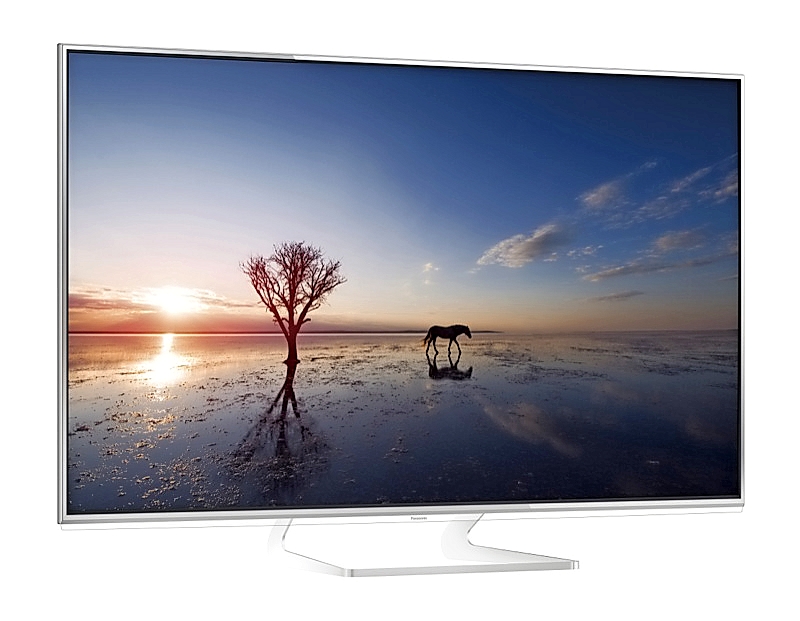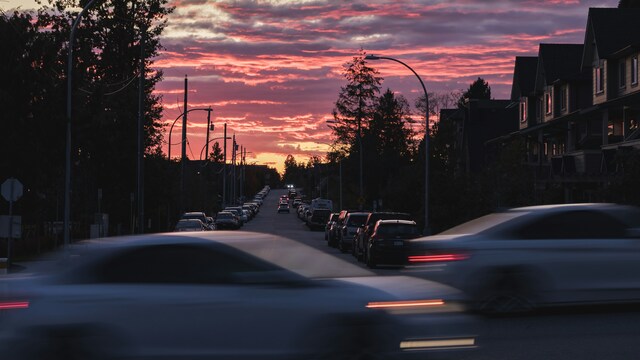By Rod Easdown
Have a look on YouTube for the latest prank LG has pulled to publicise its big ultra high definition television. It has replaced a window in a skyscraper with the television.
As job candidates sit through their interviews, they see in the “window” a fiery comet crash into the city, the shockwave racing towards them. Most wind up on the floor.
If you haven’t seen a UHD telly, wander into a big electronics store. When you see a screen that stops you cold, there it is. These things are amazing – the picture is so sharp you can see the filigree in a resort hotel’s balcony rails clear across a shimmering lake. It’s breathtaking.
And prices aren’t bad for new tech. For between five and six grand you can take your pick of 165-centimetre televisions from any of the big brands.
Lesser brands are half that. They come much bigger too, but they don’t go much smaller than 140 centimetres or so because below that size it’s hard to pick the improvement over regular full high definition screens.
You stand there, quietly spellbound, and start doing the sums, a salesperson murmuring siren-like in your ear.
But there is a catch and you won’t discover it until you get home. You’re never going to get picture quality like you saw in the store. Well, not for a while anyway.
What you saw was a demonstration reel specially recorded in UHD.
Currently demo reels are about the only things that have been recorded in UHD. There are no UHD movies in the shops (there are a few Blu-rays that have been mastered to perform at their best on a UHD screen, but the native recording is still regular FHD – full high definition), there are no UHD broadcasts and no UHD downloads.
UHD is four times sharper than FHD so demands four times the data handling. Recording it is expensive and complex. Once recorded, anything movie-length won’t fit on a Blu-ray disc.
If and when native UHD becomes available, it will probably be provided on USB or by download. After 3D broadcasts fell flat as a tack, it’s unlikely television stations will start UHD broadcasts any time soon.
Raise this with salespeople and they’ll say the television upscales the image – whether it be broadcast, DVD, Blu-ray or YouTube – to UHD.
But while upscaling works with varying success, it’s still not as good as those demo reels.
The question you should ask yourself, however, is this; how much definition do you need? Look at the big FHD tellies on display.
Their resolution is still terrific. You can get software that brings out their best anywhere.
The killer point is they cost a lot less than UHD.
By the way, when you’re investigating UHD, you’ll also hear about 4K. It’s exactly the same thing.
Some manufacturers call it UHD and others, ever helpful, call it 4K.







